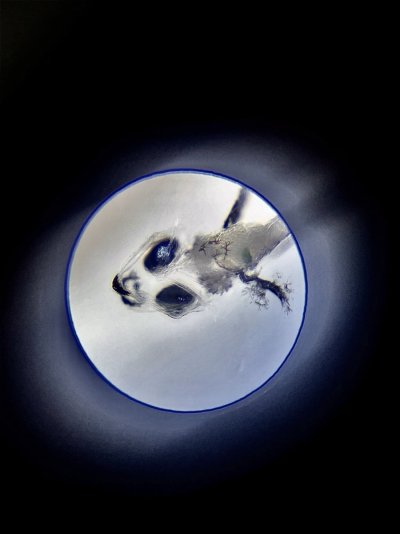This is my first time posting on this forum so first off HELLO!
I have been fascinated with photographing and documenting fish doing courtship behaviors and colorations. My latest endeavour is the Midas Blenny since there is very little online about their mating besides the fact they follow the trend of male protecting the eggs laid in their cave/hole in the reef. I did find a video online of a diver who videotaped courtship in the wild and it got me hooked to see if i could get a better picture in an aquarium setting. I set up a 90 gallon bare bottom tank with live rocks and PVC to give the blennies places to hide and nest in. I have now observed the male showing courtship colors and discovered eggs in one of the PVC pipes and the male is guarding it constantly. Does anyone have any advice on how to potentially collect the eggs and try to raise the larvae? Is there a suggested feed like phyto? any advice would be appreciated.
I have been fascinated with photographing and documenting fish doing courtship behaviors and colorations. My latest endeavour is the Midas Blenny since there is very little online about their mating besides the fact they follow the trend of male protecting the eggs laid in their cave/hole in the reef. I did find a video online of a diver who videotaped courtship in the wild and it got me hooked to see if i could get a better picture in an aquarium setting. I set up a 90 gallon bare bottom tank with live rocks and PVC to give the blennies places to hide and nest in. I have now observed the male showing courtship colors and discovered eggs in one of the PVC pipes and the male is guarding it constantly. Does anyone have any advice on how to potentially collect the eggs and try to raise the larvae? Is there a suggested feed like phyto? any advice would be appreciated.



















